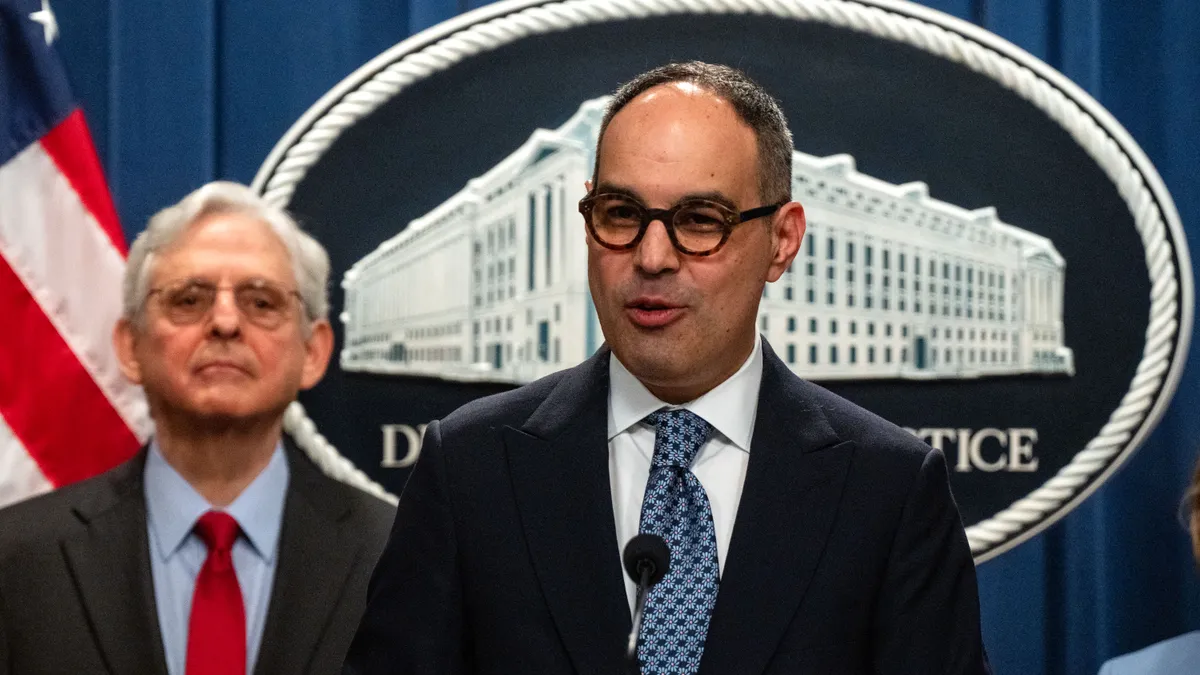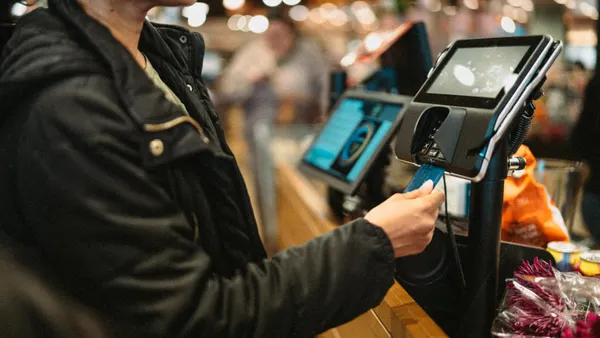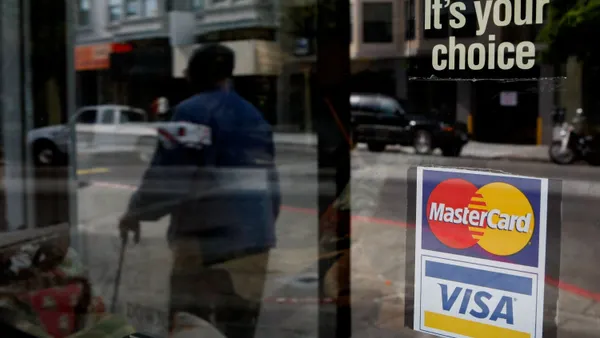The digital payments landscape is rapidly expanding beyond traditional credit and debit cards. Indeed, the growth rate of local payment methods (LPMs) far outpaces that of debit and credit cards.
LPMs offer options like bank transfers, e-wallets, direct debits, local cards, and popular real-time payment systems including Pix in Brazil and UPI in India. According to data from Payments & Commerce Market Intelligence (PCMI), 40% of Brazilian e-commerce payments were made with Pix in 2024. In India, the proportion was even higher, with UPI used for 55% of e-commerce payments.
The role of LPMs in an evolving payments landscape was a central topic in a wide-ranging discussion between Trevor Nies, senior vice president and global head of digital for Adyen and Juan Carlos Rodríguez-Iñigo, senior director of fintech commercial for Booking.com at the Merchant Risk Council (MRC) conference held in Las Vegas in March.
The event highlighted evolving payment options, including LPMs, but also an evolution among merchants to think about payments strategically.
“Historically, merchants have viewed payments as a necessary but costly part of doing business,” said Adyen’s Nies. “But that perspective is shifting. Payments are no longer just an expense — they’re becoming a way to drive revenue and improve the customer experience. Payments are now a strategic advantage.”
Payments are mission-critical at Booking.com
Since 2019, Adyen has partnered with Booking.com to power their global payments infrastructure. With over 200 offices in more than 70 countries, Booking.com leverages Adyen’s platform to seamlessly expand into new markets, navigate local payment methods, and meet traveler expectations around the world.
Rodriguez-Iñigo told MRC conference attendees that Booking.com integrated payments seven years ago for a simple reason: It was necessary to achieve its mission of making it “easier for everyone to experience the world.”
“We can’t help everyone experience the world if we don't let our travelers pay when they want, how they want, with the currency they prefer – whether that’s pay now or pay later – using their preferred payment method,” Rodriguez-Iñigo said. “We also need to make it possible for our partner hotels and properties to get paid with the speed, method and even the currency they prefer.”
Conversion and cost: The LPM equation
Booking.com’s payments’ offering includes not only traditional cards, but also a wide range of +40 LPMs across the world, which both help to meet customer demand and preferred experience and to drive incremental revenue through unlocking more reservations. By expanding payment options to incorporate locally preferred methods, digital businesses and their partners can attract new customers. However, it’s sometimes difficult for digital mercants to expand their LPM usage. That’s because integrating every LPM that springs up across the world becomes a logistical and operational challenge.
“At Adyen, our mission is to help merchants easily offer the local payment methods their customers prefer — while also ensuring those options are as cost-effective as possible,” said Nies.
For its part, Booking.com follows a rigorous process to determine which LPMs to offer.
“It’s always about two things. The first is conversion,” Rodriguez-Iñigo said. “Are we getting net new users because people who couldn’t pay before will book now because they can pay with the method they want?”
There are layers of conversion-related questions to answer. How big is the market, and how much more conversion is possible by integrating a new LPM? How many more reservations will Booking.com receive by adding an LPM?
The other consideration is cost. While some LPMs are cheaper to use than credit and debit cards, others are not. Equally, it’s also important for Booking.com to understand the experience travelers and partners will have with LPMs, Rodriguez-Iñigo said. For instance, LPMs have different rules around refund timelines. Those rules must be well understood by Booking.com’s customer service teams so they can answer traveler questions.
What merchants need to know
Analysis alone is not enough for Booking.com to expand its menu of LPMs. Booking.com works closely with partners such as Adyen to test LPMs in specific nations and regions. If the tests don’t demonstrate that the incremental conversion rates warrant the potential incremental costs and required effort, Booking.com won’t launch a new LPM.
“We not only make it simple for merchants to activate and manage new local payment methods with minimal effort — we also make it easy to test them, knowing that each merchant will see different results depending on what works best for their customers,” Nies said.










